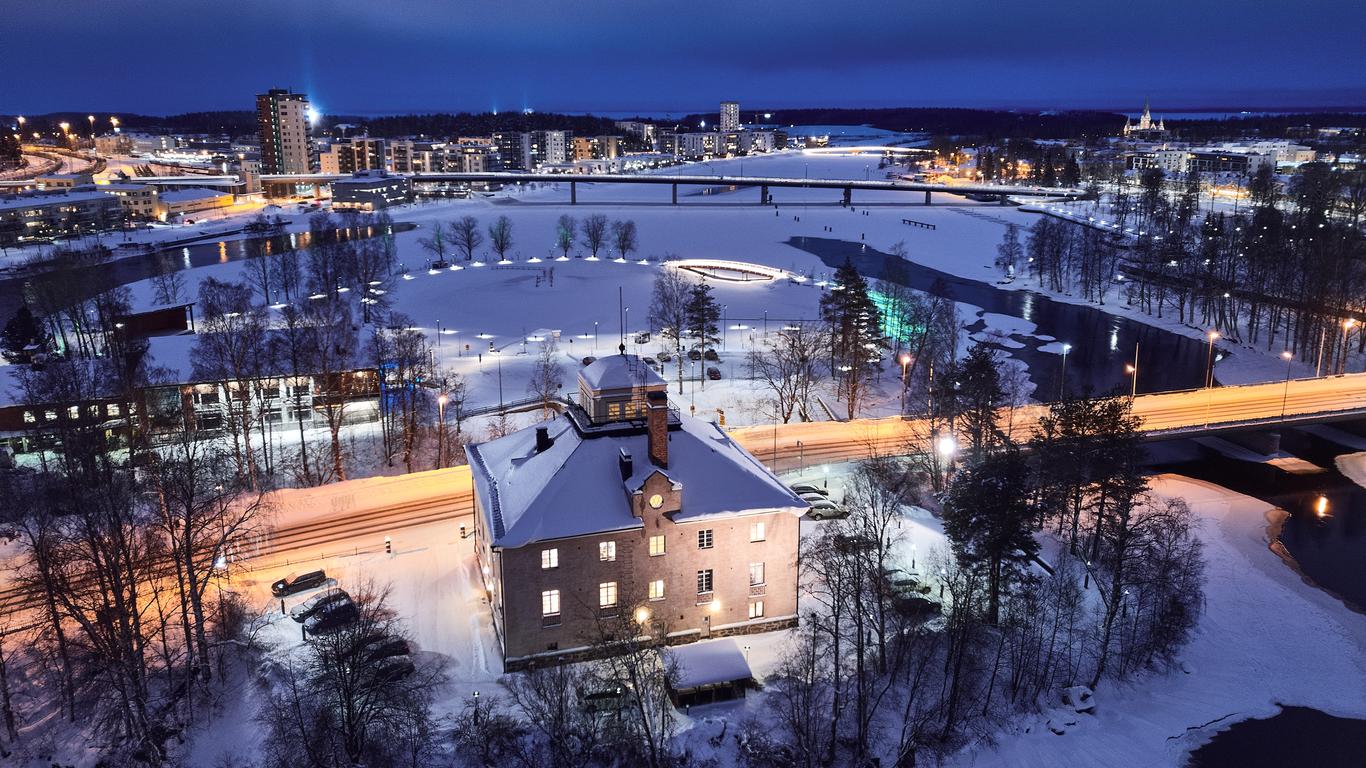Founded by Nicholas I of Russia in 1848, Joensuu lies on the northern shores of Lake Pyhäselkä in Finland’s south-east. It established trade routes with Central Europe following the opening of the Saimaa Canal in 1856, which saw the city flourish. Home to the European Forest Institute, Joensuu is often referred to as the “Forest Capital”.
Things to do in Joensuu
In the heart of the city is the Joensuu Art Museum, which occupies a Neo-Renaissance building that once served as a grammar school. It houses an outstanding collection of Finish art from the mid-19th century to the modern day, as well as Greek antiquities, Roman artefacts and Oriental carpets. Names such as Werner Holmberg and Albert Edelfelt are represented in the gallery spaces, as is the Finnish bird illustrator, Magnus von Wright.
You can delve into the region’s cultural heritage at the North Karelian Museum, which is housed in a building designed by Martti Aittapelto. The permanent exhibition details the history of the region from prehistoric times and the impact wars have had on Joensuu over the centuries. Don’t miss the traditional sauna and the exhibition dedicated to North Karelian’s rock music scene.
Dominating the city skyline are the soaring spires of Joensuu Church, which was built in 1903 in a fusion of Gothic Revival and National Romantic styles. Based on the design of Josef Stenbäck, it houses an altar painting by Ilmari Launis and a Kangasala-built organ that can be heard during Sunday services.
Getting around Joensuu
Joensuu Airport is a 15-minute drive from the city centre and has regular flights to Helsinki. By road, the Finnish capital is around five hours away. Both trains and buses connect to Joensuu and the city centre is compact enough to explore on foot.





